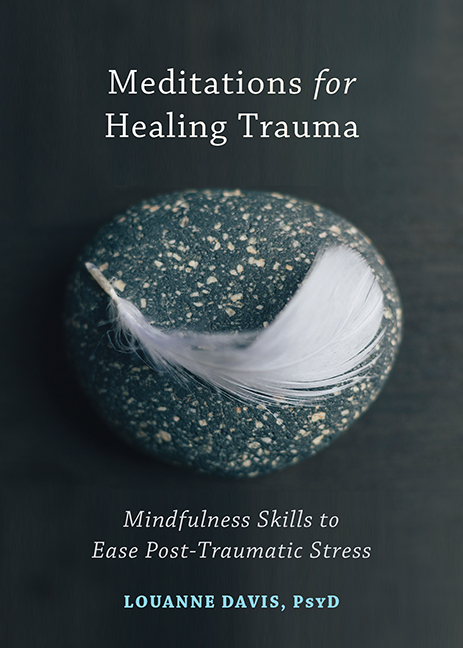Maintaining a daily formal practice of mindfulness has always been challenging for me. What I mean by formal practice is setting an intention to be attentive in a particular way, for a specific amount of time, in a setting where I am not likely to be interrupted. For example, I schedule time to sit for 15 minutes in my office with the “do not disturb” sign hung on the door. I then set an intention for the practice I will engage in. I may choose to be aware of the flow of thoughts and the body sensations that accompany them. Or, I may take a visual tour of my office, briefly naming each item and my emotional response. There are many possibilities and opportunities to be creative.
For me, formal mindfulness practice falls in the same category as drinking 8 glasses of water or taking my vitamins or getting in 10,000 steps every day. It continues to puzzle me that it is so difficult to maintain these behaviors on a regular basis. Especially given that each is reinforcing in its own way and we know how good they are for us. Like many people, I find it is easier to maintain healthy behaviors, such as formal mindfulness practice, when it has a place in my workday routine. It becomes a habit that I don't have to think about so much—it is already scheduled in. On the weekends, though, I rebel against routine. The same happens when I am on vacation, especially if the vacation is a long awaited chance to “do nothing” but sit by the ocean. It's ironic, because during these times I usually have more unscheduled time available for meditation practice. And when vacations involve considerable travel and scheduled activities, the difficulty multiplies.
Earlier this year I had the good fortune to travel to the Galapagos Islands and the Inca ruins in Peru. The touring company arranged an exciting schedule of activities for each of the 12 days of this trip of a lifetime. We were usually up at 5:30 am and lucky if our heads hit the pillow by 11 pm. The trip was fantastic, but exhausting. Some of our fellow travelers, while waiting for the flight home, figured out that our trip involved 65 “legs”—10 flights, 2 trains, 38 buses/vans, 1 ferry, 1 yacht, and 13 motorboats. How did I fit in formal mindfulness practice? Not very well. However, there were countless opportunities for informal mindfulness practice. Leaning into the sensations of my fear of wide-open spaces atop Machu Picchu high in the Andes.
See also: Finding Mindfulness Everywhere! Work, School, Home, and Community
In subsequent moments, savoring the feeling of awe taking in the overwhelming beauty of the view from those heights. Practicing loving-kindness when I began criticizing myself for lack of formal practice or journaling about my trip. Pausing to drop in during interactions with fellow travelers. Connecting with the breath while watching the sea lions swimming playfully right in front of me while snorkeling. Feeling the change of temperature as my feet pressed into the sand walking along a beach.
I was reminded over and over that our time is limited and we must choose how to spend it wisely. The value of many hours of formal practice is the ability to bring mindfulness to all of life’s moments. My overall intention for this trip was to engage as fully as possible, with intentional awareness, using all of my senses. What I gained was an unforgettable experience of community and of learning and broadening my mind.
 Louanne Davis, PsyD, is a clinical psychologist at the Richard L. Roudebush VA Medical Center in Indianapolis, IN, and associate scientist in clinical psychology in the department of psychiatry at the Indiana University School of Medicine. Davis researches mindfulness-based interventions for individuals who have PTSD. She is the author of Meditations for Healing Trauma.
Louanne Davis, PsyD, is a clinical psychologist at the Richard L. Roudebush VA Medical Center in Indianapolis, IN, and associate scientist in clinical psychology in the department of psychiatry at the Indiana University School of Medicine. Davis researches mindfulness-based interventions for individuals who have PTSD. She is the author of Meditations for Healing Trauma.


 Part 2: What to Do When a Client Is Participating in Self-Judgment?
Part 2: What to Do When a Client Is Participating in Self-Judgment?